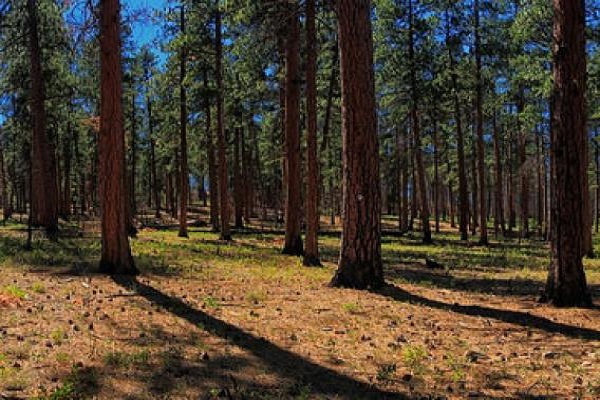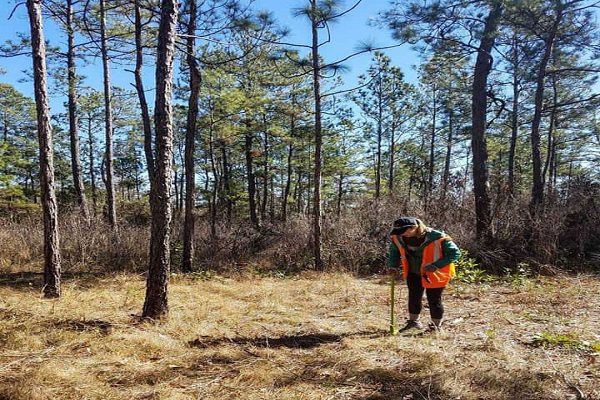Geo-Conservation
Preserving The Resources
Geo-conservation is a key concept when it comes to the preservation and efficient use of resources. By conserving resources adequately, they can serve more purposes and also last for a long period. There is a dire need to constantly apply some knowledge of economics when it comes to the use of resources.
These forest resources are limited and, as such, it is essential that they are used reasonably and in line with the best standards. This will ensure that the resources can go round and be of use for different things. As such, it is crucial for everyone to have a deft understanding of the forest resources and their uses.
Sustainability is key to resources. However, to learn sustainability, there is a primary need to understand the resources and the best ways to put them to use. This will inform the planning and strategies devised to use the resources sustainably.
Communities that manage their resources well do so because they have a plan for it. Such communities will examine the nature of their resources and carefully analyse how each resource is used and the ones that are used mostly. This goes a long in determining the most effective means for managing the resources.


Understanding the ecosystems that guide the resources in our environment is the primary step to understanding management. The ecosystem refers to how the resources are generated and the rate at which they grow. This helps to know the rate at which the resources deplete and every other surrounding issue.
However, ecosystems are subject to change and, in fact, they will always change. As such, communities must always adapt their strategies to meet the changing demands. This is how to keep the forest values intact. Otherwise, such values as biodiversity will be put at risk.
This is what makes it essential to have a fundamental strategy that’s suitable for changes and flexible to meet the growing demands of the ecosystem. Asides from the protection of forest values, maintenance is also essential. The best way to do this is also through effective but flexible strategies.
Research is a key part of understanding forest values and the ecosystem. Research is currently ongoing on understanding the forest nature of the community. This will help inform the strategies for managing the resources. Also, research goes a long way in coming up with innovative solutions to sustain resources.
Wood processing is a key concept that works hand-in-hand with forest resources. Timbers, among other materials, are the subjects of wood processing. As such, for the centre to perform excellently with resources and make the most of the timbers, there will be a need to foster research across all materials and forest resources.
Investing in research will ensure that the community can make data-driven decisions on the issue of resources. This is particularly necessary because resources are limited and it is important to use them adequately to meet existing and growing demands.
Following adequate research, the community will have to use the information gotten to develop sustainable management practices. This will involve the knowledge of experts to ensure that the best practices are developed. The community will have to create a panel of forest experts who have a deft understanding of how the forest works.
This is a crucial aspect of getting excellent results without compromising the process. The experts understand the ecosystem and have training in forest resources such that they understand the most effective strategies to mitigate the issues arising from the paucity of resources.
There is also a need for sustainable partnerships with relevant organisations that can support resource management. This is crucial and essential, as partnerships have proven to be effective ways to solve problems of this nature. Such partnerships will position the community for the right kind of support they need.
Also, through the partnership, there’s room for more innovative strategies, as the partnership brings together more brains to help understand the peculiar nature of the community and the best ways to go about it.
Geo-conservation in a community also requires constant updates and keeping the community members in the loop. The best way to go about this is by releasing reports that detail the proceedings and the activists that have been going on concerning conservation and sustainable management practices.
This is an essential part of accountability and transparency. It also goes a long way in creating a strong relationship and partnership between the community and the members. As such, there should be a regular publication written in clear terms that will make for effective communication with the members of the community.
The report should also be easily accessible at all times. Such a report will be a way for the community representatives to communicate with all members and ensure that everyone is on the same page without leaving anyone behind. The reason for this cannot be overstated.
The centre also supports community scientists writing about geo-conservation. The works of various scientists can be found across different journals. These works evaluate the community and discuss efficient ways through which the community can manage its resources excellently.
Community scientists also take part in issues-based forums and seminars to further discuss relevant sustainable management issues.
Management Of Forest Values
The management of forest values us a necessity. This is something that must be contemplated, as it determines the sustainability of forest practices. Effective forest values strengthen the forest and even makes for high efficiency. These values often cut across economic, environmental, and social.
As such, the values may get competing concerning priority and which to rank high. Such competition is often addressed through adequate planning that helps to balance the process. Management of forest values goes a long way in fostering a sustainable environment that caters to forest needs and reduces forest exploitation.
With certain values in place, there will be a modality for operating in the forest alongside the rules guiding such an activity.
The best way to go about this is to use management practices that are science-based. Science makes for high accuracy and ensures that the best management practices can be devised to meet the needs of different communities and their forest resources.
There should be a forest management policy that’s geared at meeting the demands of the community’s resources. Such a policy will incorporate approaches that make for effective operations economically, socially, and environmentally.
The policy will also include approaches geared at harnessing the value in forest resources and maximising their use and regeneration.
The policy will also be made available for every member of the community. The policy discusses, in detail, the approach which the community intends to use in addressing the issue. By making it accessible, all members of the community can join in.
Engaging The Community
The people are an essential part of sustainable management practices. Irrespective of how sustainable practice is, it is essential for the practice to be understood by the people so that they can continue to advocate for it and incorporate it into their actions.
This goes a long way in validating sustainability. This accounts for why community consultation is necessary before any wood processing project takes place. The community where the centre will be active must understand what’s coming, the mode of operations, and what the community stands to achieve.
One of the key things that need to be done before any project starts is community consultation. It is essential to discuss with the community stakeholders to understand the resources of the community and the relevant sustainable management practices. This is an important part of the process before kick-starting the project.
The organisers must have reached out to the community members for outreach. This is often with the stakeholders in a community. This wood processing project went through all of those stages.
During the project development stage, there were various stages of reaching out to the stakeholders to discuss the viability of the project and the impacts the project will have. The brains behind the project sat with the stakeholders and took them through the activities of the project and how it intends to make efficient use of the community’s resources.
This is a key stage that cannot be omitted, as it’s crucial to obtaining the consent and cooperation of the community members. For a project of this nature to sail through efficiently, members of the community must not only know about it but also be on board and ready to cooperate with the needs of the project to bring the goals to fruition.
The community consultation stage also represents the stage where the stakeholders will discuss the possible social programs that the organisation can run to support the community. This will offer the organisers all they need to know about the most vulnerable parts of the community that need assistance and support.
Knowing this will shape the nature of social responsibility programs that the organisation will take on and which will have the most relevant impacts on the community.
Thus, by fostering a strong relationship with the community, the project can move at a faster rate and also attend to all necessary needs in the community and the project’s goals.
